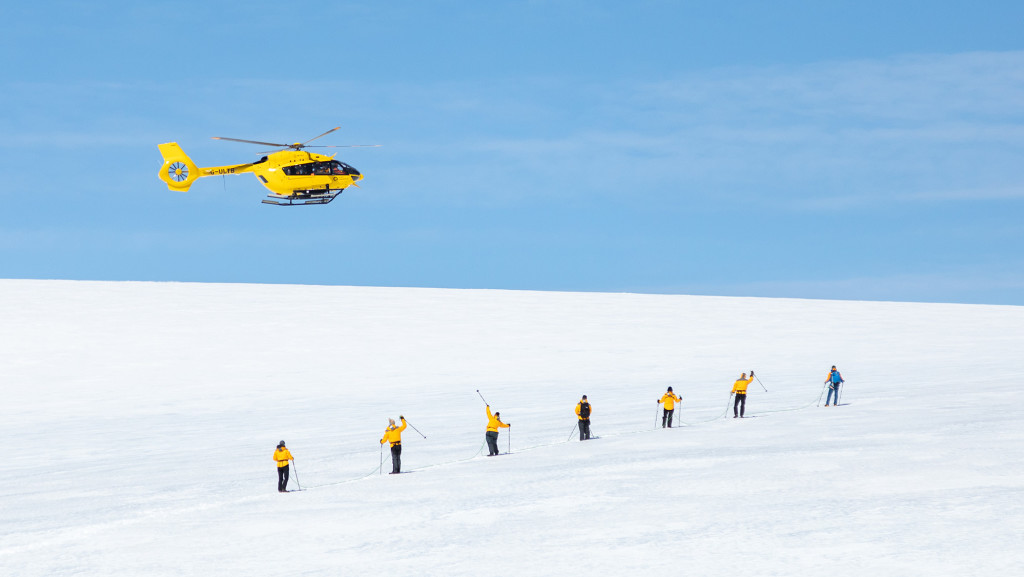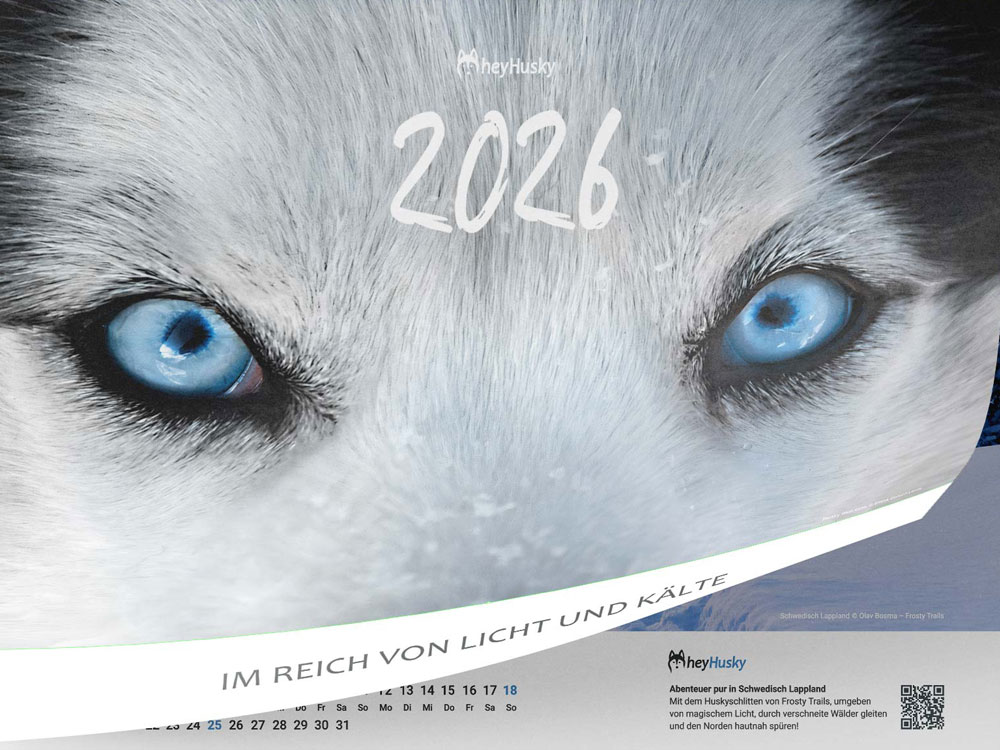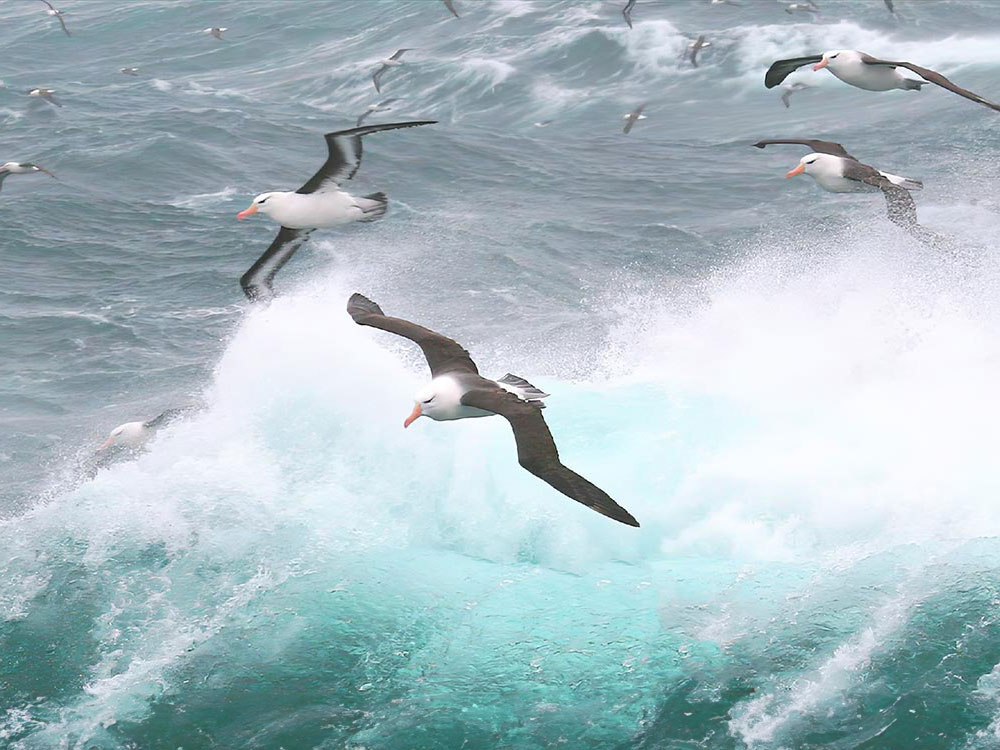HUSKY VACATIONS IN CANADA: YOUR HUSKY TRIPS TO NORTH AMERICA
Dog Sledding Tours Canada
Mushing adventures in the wilderness of Canada! Canada is known for being home to one of the last true wild areas in the world. As such, it is the perfect place for this once-in-a-lifetime experience. Read more about dog sledding tours in Canada.
 Throughout its ten provinces and three territories, Canada boasts some of the most stunning scenery in the world, from mountains and rivers to wild forests. Luckily for adventurers, husky tours and dog sledding opportunities are all over Canada!
Throughout its ten provinces and three territories, Canada boasts some of the most stunning scenery in the world, from mountains and rivers to wild forests. Luckily for adventurers, husky tours and dog sledding opportunities are all over Canada!
Canada’s long tradition in dog sledding
Dog sledding back then and today

Archaeologists have uncovered clues that dog sledding was brought to Canada by Thule Inuit people around 1,000 AD. These Inuit people used dog sledding for trading, hunting and fishing, as well as general transportation around their territories. With increasing settlements in northern Canada, the reliance on dog sledding to deliver mail and supplies to these outlying settlements became more important. The Royal Canadian Mounted Police even used dog sleds to patrol the vast snowy wilderness. When snowmobiles were introduced, the reliance on dog sledding decreased significantly, but it was still considered the most reliable transport in extreme winter weather conditions.
Today, dog sledding is more of a recreational sport. Races and events keep the dog sledding industry alive. Husky tours and dog sledding journeys give adventurous tourists exciting opportunities to experience dog sledding first-hand and keep the tradition going.
Some of the world's toughest racing events
Important racing events in Canada
With its rich history and weather conditions ideal for dog sledding, it’s no surprise that some of the most amazing dog sled races are held in Canada.
 The Canadian Challenge Trail Race takes place in the province of Saskatchewan. The race begins in Prince Albert and continues for 600 kilometres to La Ronge. Teams from all over North America as well as from Europe come here to compete. The race has three categories: teams with twelve dogs, eight dog, and junior races. The grand prize is $5,000 for the winner of the team with twelve dogs. Mushers and their dog teams will be physically tested because they have to cross frozen lakes and pass through narrow bush trails. This race is recognized as one of Canada’s top events. It is also the longest race that is run within the country’s borders.
The Canadian Challenge Trail Race takes place in the province of Saskatchewan. The race begins in Prince Albert and continues for 600 kilometres to La Ronge. Teams from all over North America as well as from Europe come here to compete. The race has three categories: teams with twelve dogs, eight dog, and junior races. The grand prize is $5,000 for the winner of the team with twelve dogs. Mushers and their dog teams will be physically tested because they have to cross frozen lakes and pass through narrow bush trails. This race is recognized as one of Canada’s top events. It is also the longest race that is run within the country’s borders.
The Yukon Quest race was first held in 1984. It is a 1,000 mile trail that follows the historical gold rush trail from Whitehorse, Yukon to Fairbanks, Alaska. It is one of the most famous dog sled races in Canada. Thus, Yukon dog sledding tours have become popular winter activities in this part of Canada.
The Haliburton Highlands Dogsled Derby is held in Haliburton, Ontario, Canada. It features many events with an average of seventy dog teams coming to compete from Quebec, Canada, and some areas of the northern United States. One increasingly popular special event that is held is known as “Skijoring”. This means that participants are pulled along on skis instead of sleds. These races are part of the Ontario Federation of Sleddog Sports.
The Northern Manitoba Trappers’ Festival holds annual dog sledding races as part of their festival. These races are affiliated with the World Cup Series of the International Federation of Sleddog Sports. They have races for teams with four and six dogs as well as junior races.
 The Ivakkak Dog Sled Race takes place in northern Quebec every year. This race is extremely unique because the only mushers able to compete are the Inuit of Nunavik. Plus, participating dogs can only be purebred Inuit husky dogs. These restrictions keep the race very traditional and the breed of husky pure. The town maintains this tradition to remember the close relationship with the sled dogs and the fact that they could rely on them throughout their history.
The Ivakkak Dog Sled Race takes place in northern Quebec every year. This race is extremely unique because the only mushers able to compete are the Inuit of Nunavik. Plus, participating dogs can only be purebred Inuit husky dogs. These restrictions keep the race very traditional and the breed of husky pure. The town maintains this tradition to remember the close relationship with the sled dogs and the fact that they could rely on them throughout their history.
Canada is beautiful and extreme
Our Canadian partners: husky farms, husky dog breeders, racing kennel suppliers and dog sledding providers

General area info
Canada is a huge country that spans 9.98 million square kilometres. It possesses more freshwater lakes than any other country in the world! With spectacular mountain ranges, glaciers, and extensive forests, Canada is a treasure chest of rustic beauty. Natural resources play a large part in the Canadian economy. The provinces Ontario and Quebec are Canada’s most developed and populated. Ontario is home to many husky tours and breeders. The three territories Northwest, Nunavut and Yukon are the least populated areas of Canada. Here, you will find more wilderness than developed areas. The forty-four national parks of Canada protect the natural treasures and allow explorers to witness true wilderness. Winters in Canada characteristically bring deep snow and cold winds. This provides great dog sledding conditions!


























